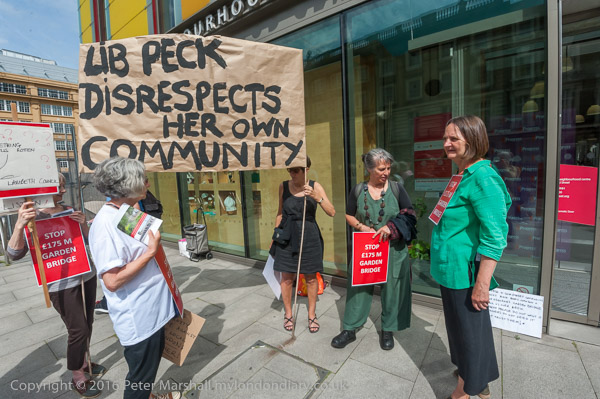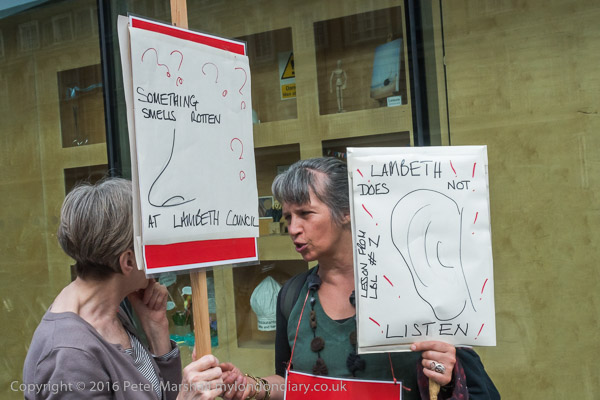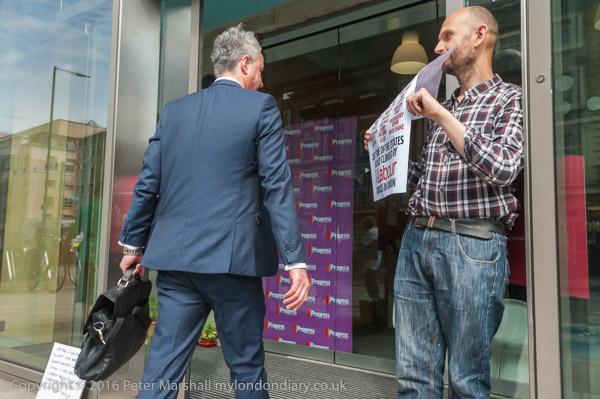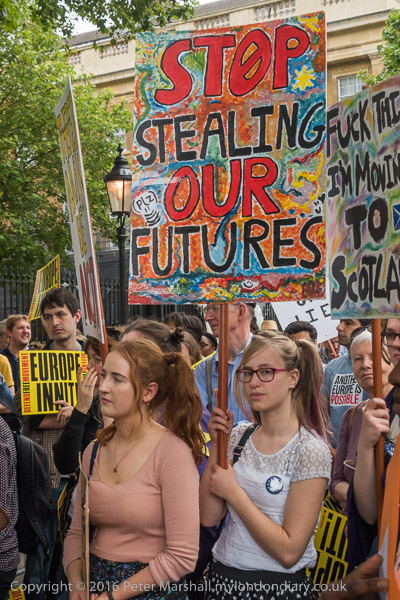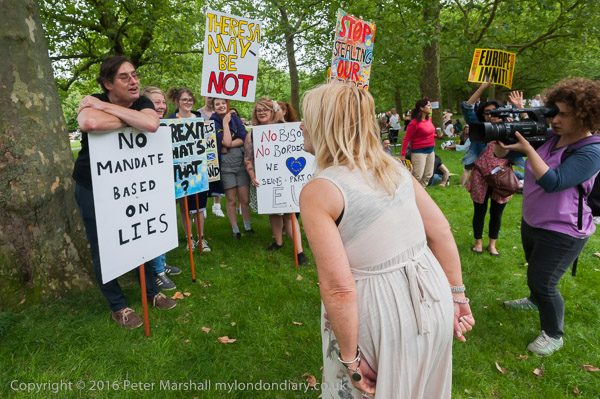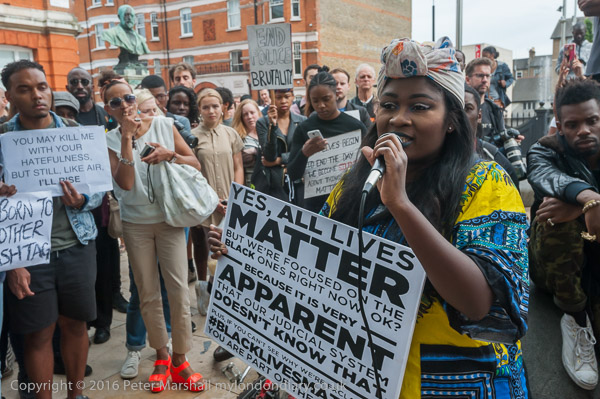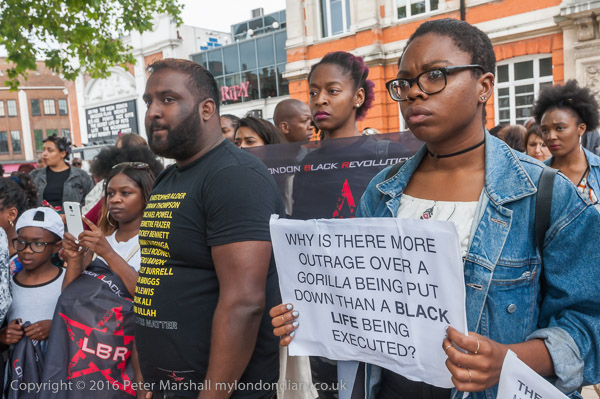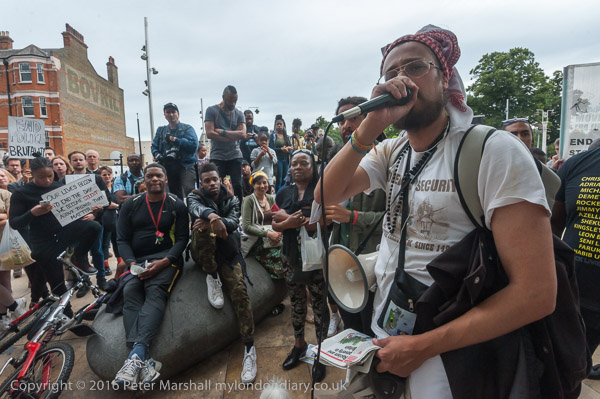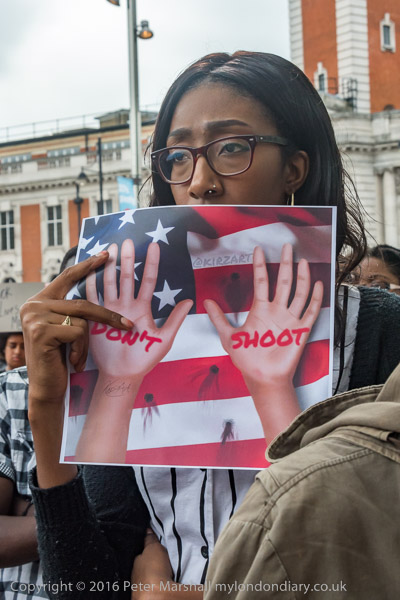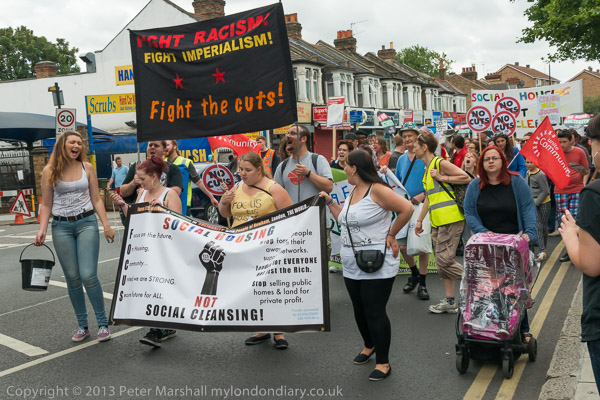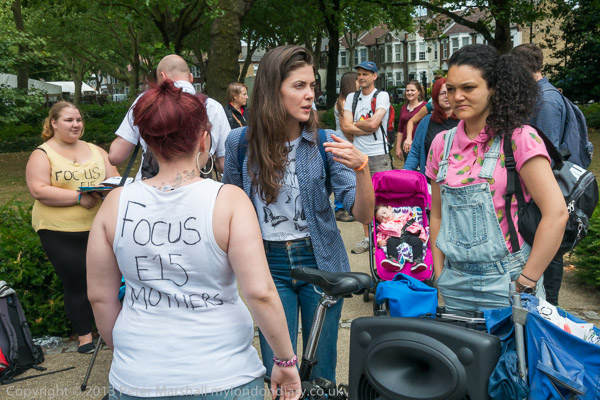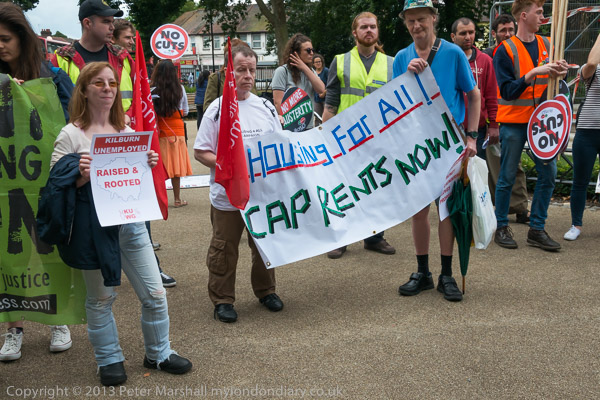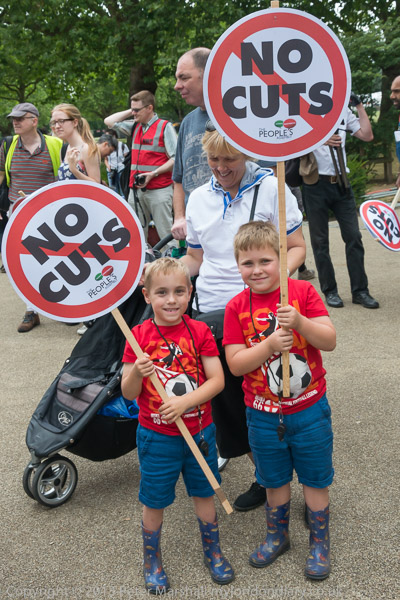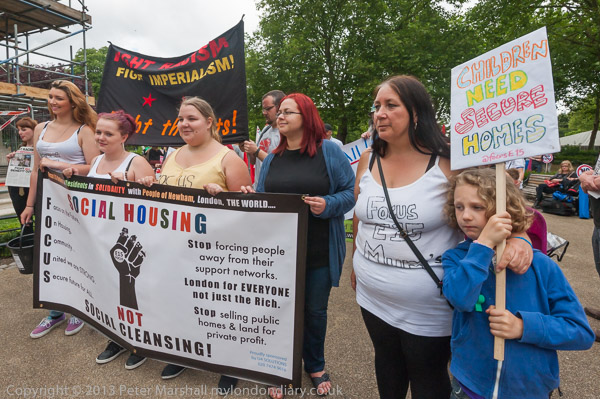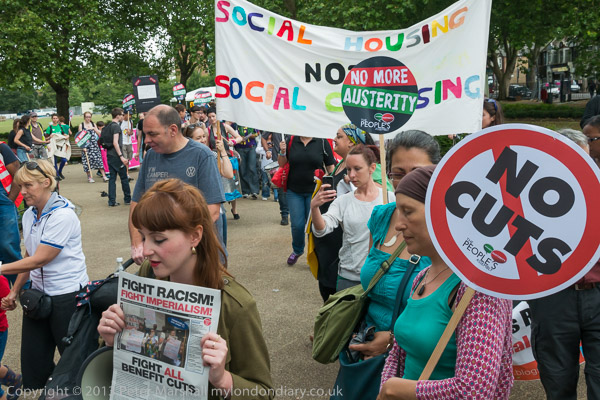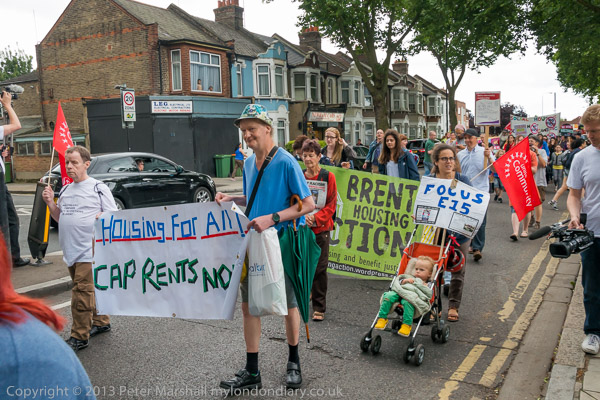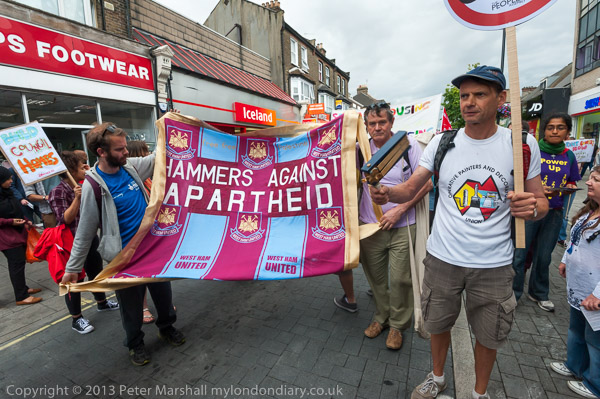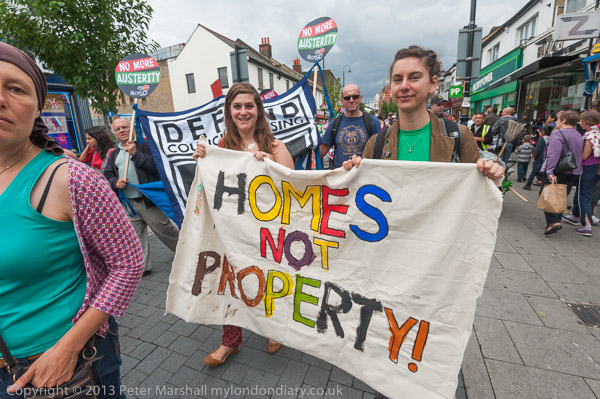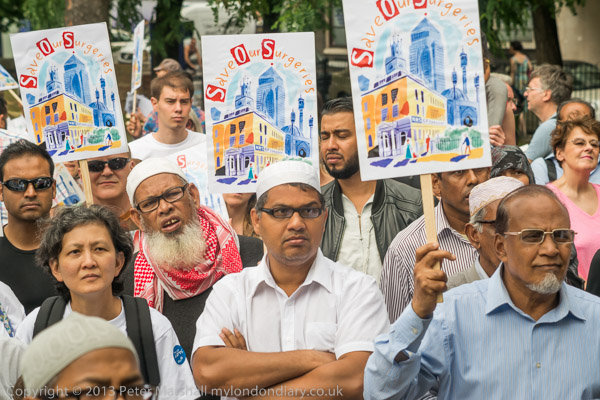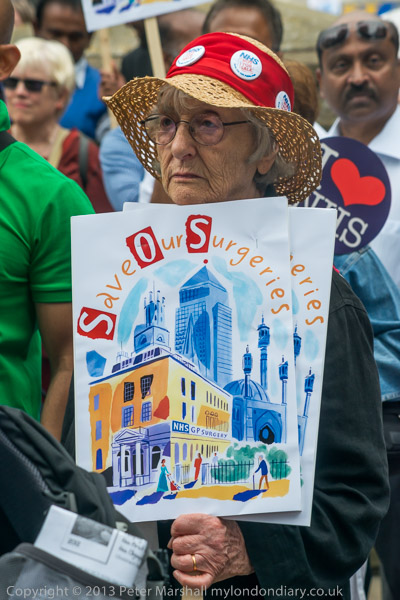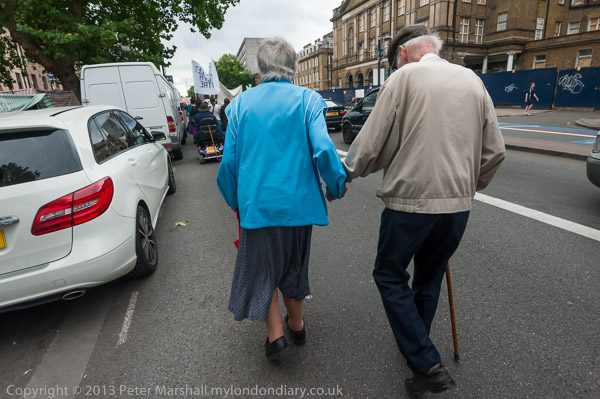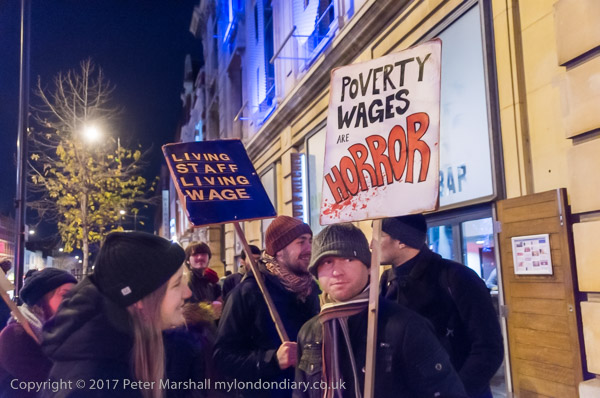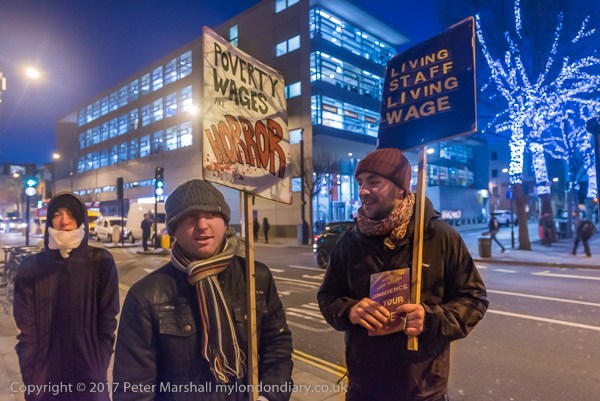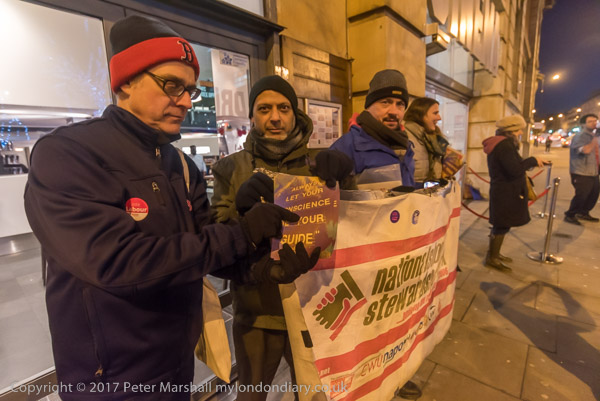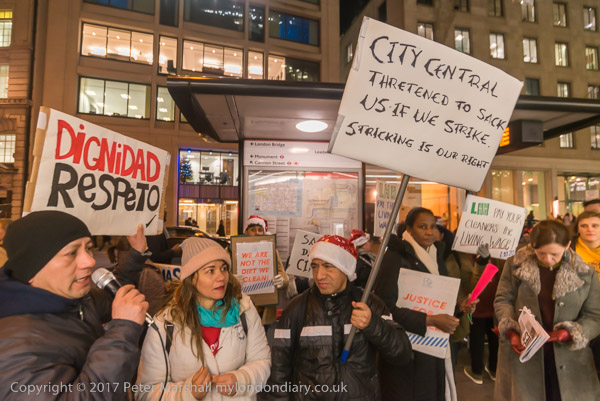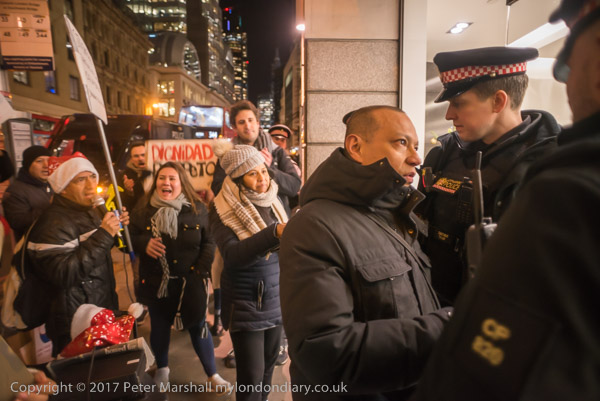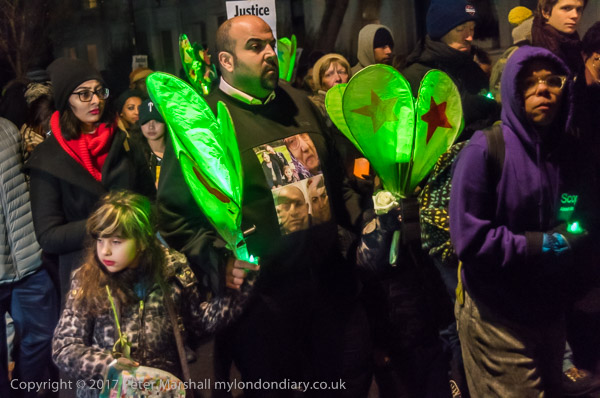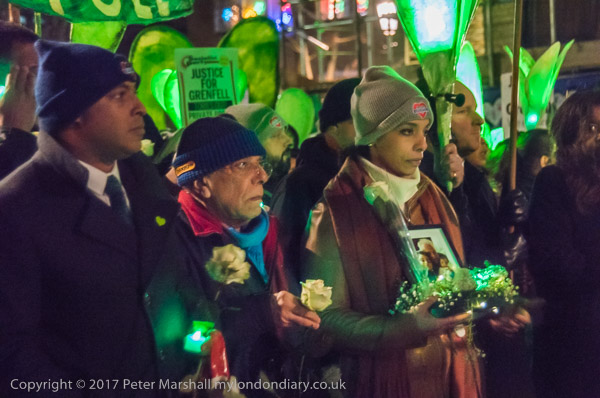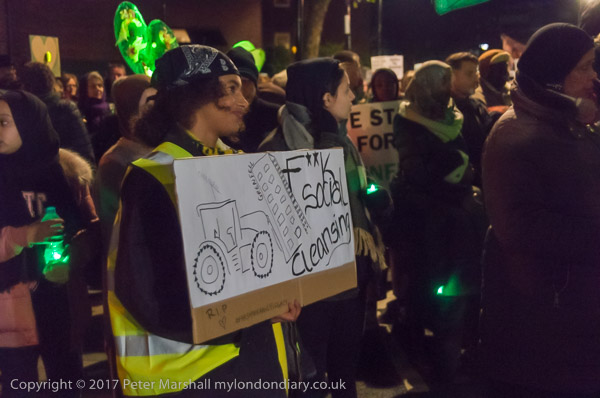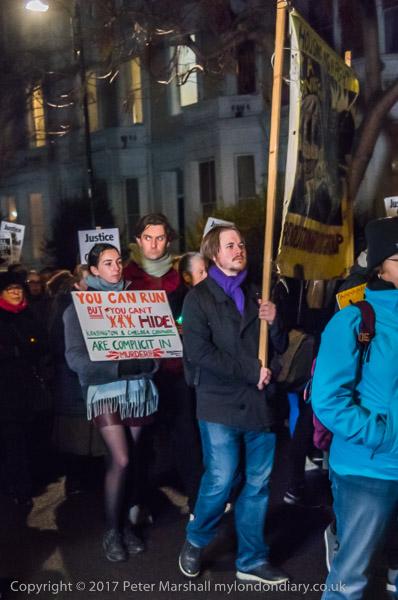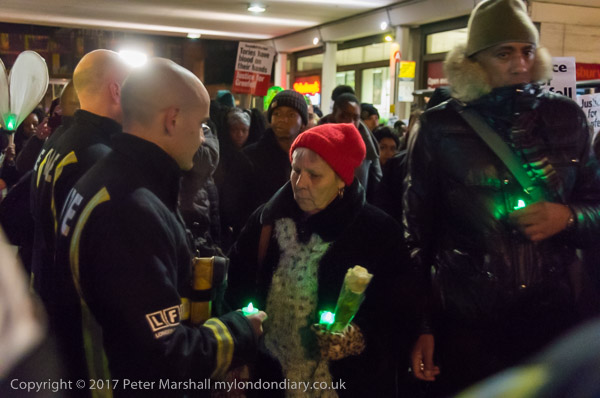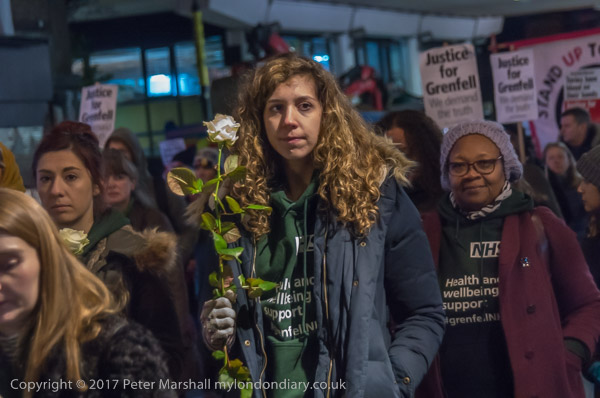Church of the Good Shepherd, Synagogue & Stamford Hill: Continuing my walk on Sunday 8th October which had begun at Seven Sisters Station from where I had walked south down the High Road. The previous post, South Tottenham & Stamford Hill had ended on Rookwood Road.
This Grade II* listed church was built in 1892-5 for the Agapemonites, aka the Community of the Son of Man, a group founded by former Church of England minister Henry Prince who set up the Agapemone community whose name means ‘Abode of Love’.
Various scandals ensued when it emerged that this love was sometimes rather more than spiritual. Prince died in 1899 and John Smyth-Pigott became leader of the sect and his relations with numerous female followers caused greater scandal. In 1902 Smyth-Piggot declared the Second Coming had arrived and that he was Jesus Christ, the Son of Man.
An angry mob chased his carriage across Clapton Common and he retired to Somerset where he died in 1927.
The church was built by Joseph Morris and Sons of Reading, the sculptures were by A G Walker and the church apparently has remarkable stained glass by Arts & Crafts artist Walter Crane. When the last Agapemonites died it became in 1956 the Ancient Catholic Cathedral Church of the Good Shepherd and in 2007 the Georgian Orthodox Cathedral Church of the Nativity of Our Lord.
Another picture of the sculptures on the church by A G Walker. The stained glass which I was unable to see was by Walter Crane. There is a lengthy description of the building in its Grade II* listing, first made when it was the Church Of The Ark Of The Covenant.
Built around 1914-15 in an Edwardian Baroque style the Grade II listed New Synagogue was bought in 1987 by the Babov Community Centre from the United Synagogue. The Bobov congregation (Beth Hemedrash Ohel Naphtoli) was founded in Poland but now has its headquarters in New York and is Strictly Orthodox Ashkenazi.
The Hill Candy & Tobacco Stores Ltd at 141 Stamford Hill was well covered with advertising for Camel, Marboro and others as well as sensational posters for the Evening Standard, ‘LONDON MURDER SPARKS ‘RIPPER’ FEAR. Tabloid journalists were probably the only people in London who were affected by this particular anxiety.
The shop is now an off-licence. The used car sales with its bunting at right is no longer but there is a parking area in front of the offices there now. The Turnpike House pub just visible in the distance on the corner with Ravensdale Road closed in 2021 and is now boarded up.
Eshel is the Hebrew for Tamarisk. Genesis chapter 21 verse 33 states that Abraham planted one at Beersheba and prayed there to Yahweh in thanks for God’s covenant with him. That species of tamarisk is a slow growing desert tree and at some times in the year it secretes a sticky honeydew which some think was the manna which provided food for them in the wilderness.
I think this building is now offices for Orthodox Jewish organisations. The delicate wrought iron gates and railings with the menorahs in them were replaced a few years ago by rather more secure fencing.
My walk continued to Stoke Newington – another instalment shortly.
Flickr – Facebook – My London Diary – Hull Photos – Lea Valley – Paris
London’s Industrial Heritage – London Photos
All photographs on this page are copyright © Peter Marshall.
Contact me to buy prints or licence to reproduce.







































